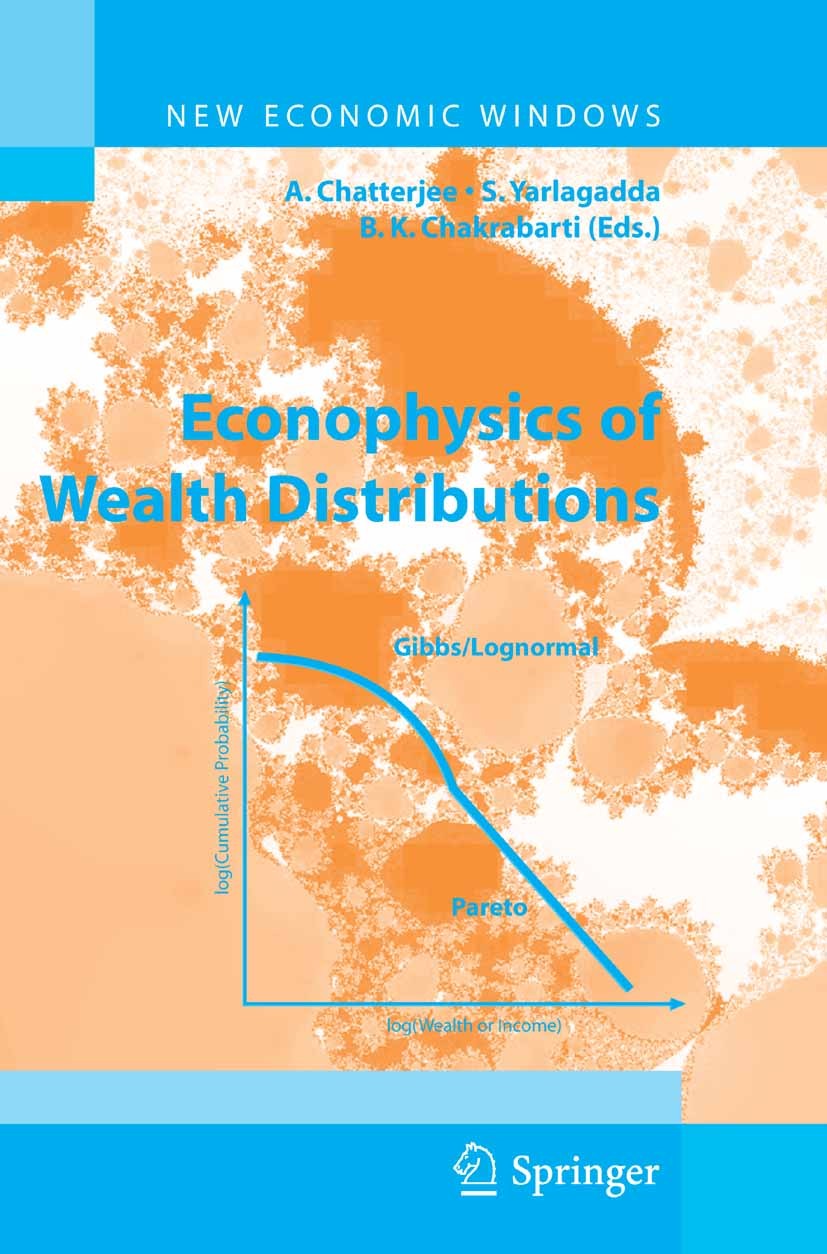| 書目名稱 | Econophysics of Wealth Distributions | | 副標(biāo)題 | Econophys-Kolkata I | | 編輯 | Arnab Chatterjee,Sudhakar Yarlagadda,Bikas K Chakr | | 視頻video | http://file.papertrans.cn/303/302109/302109.mp4 | | 叢書名稱 | New Economic Windows | | 圖書封面 |  | | 描述 | We all know the hard fact: neither wealth nor income is ever uniform for us all. Justified or not, they are unevenly distributed; few are rich and many are poor! Investigations for more than hundred years and the recent availability of the income distribution data in the internet (made available by the finance ministries of various countries; from the tax return data of the income tax departments) have revealed some remarkable features. Irrespective of many differences in culture, history, language and, to some extent, the economic policies followed in different countries, the income distribution is seen to fol- low a particular universal pattern. So does the wealth distribution. Barring an initial rise in population with income (or wealth; for the destitutes), the population decreases either exponentially or in a log-normal way for the ma- jority of ‘middle income‘ group, and it eventually decreases following a power law (Pareto law, following Vilfredo Pareto‘s observation in 1896) for the rich- est 5-10 % of the population! This seems to be an universal feature - valid for most of the countries and civilizations; may be in ancient Egypt as well! Econophysicists tried to view this | | 出版日期 | Book 2005 | | 關(guān)鍵詞 | Econophysics; Gibbs distribution; Income distribution; Log-normal behavior; Pareto law; Simulation; Stocha | | 版次 | 1 | | doi | https://doi.org/10.1007/88-470-0389-X | | isbn_softcover | 978-88-470-5547-6 | | isbn_ebook | 978-88-470-0389-7Series ISSN 2039-411X Series E-ISSN 2039-4128 | | issn_series | 2039-411X | | copyright | Springer-Verlag Milan 2005 |
The information of publication is updating

|
|
 |Archiver|手機版|小黑屋|
派博傳思國際
( 京公網(wǎng)安備110108008328)
GMT+8, 2025-10-15 18:19
|Archiver|手機版|小黑屋|
派博傳思國際
( 京公網(wǎng)安備110108008328)
GMT+8, 2025-10-15 18:19


